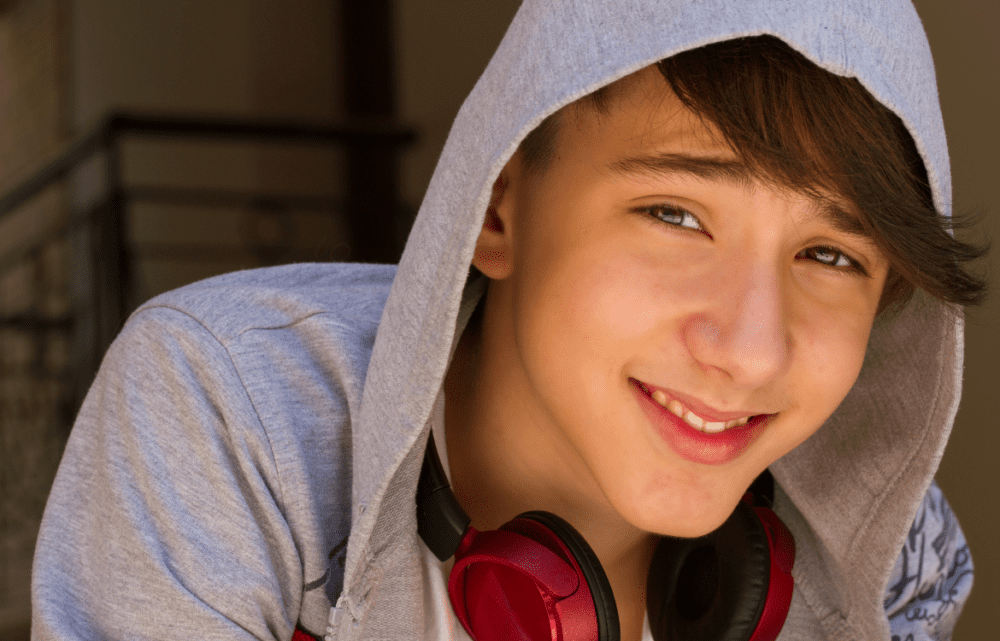The Diagnosis
Written by Kai Evans, a former client of Anxiety Institute
I was diagnosed with major depressive disorder and generalized anxiety disorder when I was just 7 years old. Not exactly the kind of milestone you’d expect in second grade, right? While other kids were learning multiplication tables, I was grappling with something far heavier.

From Panic to Peace
I was diagnosed with major depressive disorder and generalized anxiety disorder when I was just 7 years old. Not exactly the kind of milestone you’d expect in second grade, right? While other kids were learning multiplication tables, I was grappling with something far heavier.
Therapy helped, but it wasn’t a magic wand. It made my depression manageable for a while, but when I was 14 in middle school, I got a new diagnosis: Panic disorder.
Let me paint a picture of what that looked like.
Imagine waking up at 1 or 2 AM, absolutely terrified, your heart racing like it’s trying to win an Olympic medal. My hands would shake uncontrollably, tingling with numbness, as if they had a mind of their own. I felt faint, sweaty, nauseous, and had chest pains that made me think, “This is it, I’m done for.” The feeling of choking and the overwhelming sense of losing control was the cherry on top. These panic attacks would last for hours, and to say it was debilitating would be an understatement.
After months of this, my parents decided it was time to seek more intensive help. While I was scared, I knew I needed more than just regular weekly therapy sessions. I was introduced to an intensive treatment program that provided me with something I hadn’t experienced before: focused and daily therapeutic support.
During this intensive therapy, I met the best therapist I could have ever hoped for. She was the first person I truly trusted to help me, and she did. I learned every coping strategy under the sun and, more importantly, how to use them in my everyday life.
The most crucial thing I learned? The root cause of my seemingly unbeatable depression.
It turns out every brain has 15 serotonin receptors; in my case, 8 were blocked. With this new knowledge, I was put on medication that actually worked, and I was encouraged to make lifestyle changes that would help unblock my serotonin receptors.
After several weeks of this intensive treatment, I remember asking my therapist if I would be depressed and anxious for the rest of my life. I’ll never forget her response—she laughed and said, “Absolutely not.” I was thrilled and confused all at once. After all, I’d spent half my life battling anxiety and depression. I couldn’t even imagine what life without it would feel like.
But life without it came, and it was unbelievable. About two months after completing the intensive therapy, I was officially undiagnosed with major depressive disorder, generalized anxiety disorder, and panic disorder.
For the first time since I was 6, I felt genuine joy—the type of joy that fills your entire being, making you feel like a massive weight has been lifted off your shoulders.
It was a thrilling experience, like stepping into a world that was suddenly vibrant and alive after years of feeling frozen in a dull, muted existence. A year later, I was taken completely off medication, and my life has been incredible ever since.
Every now and then, I find myself asking my therapist, “How in the world did I get better?” I had been living like this half of my life—7 to 14 is no small stretch of time. She always gives me the same answer: “You wanted to get better.”
And honestly, after my time in the program and seeing so many different people with different stories, I realize that is the truest difference between those who get better and those who don’t.
“My personal knowledge and experience of anxiety and fear, as a victim and as a conqueror, has gifted me the valuable asset of emotional intelligence. Knowledge and experience that will give me the empathy to connect with others and the grit to overcome adversity.”


